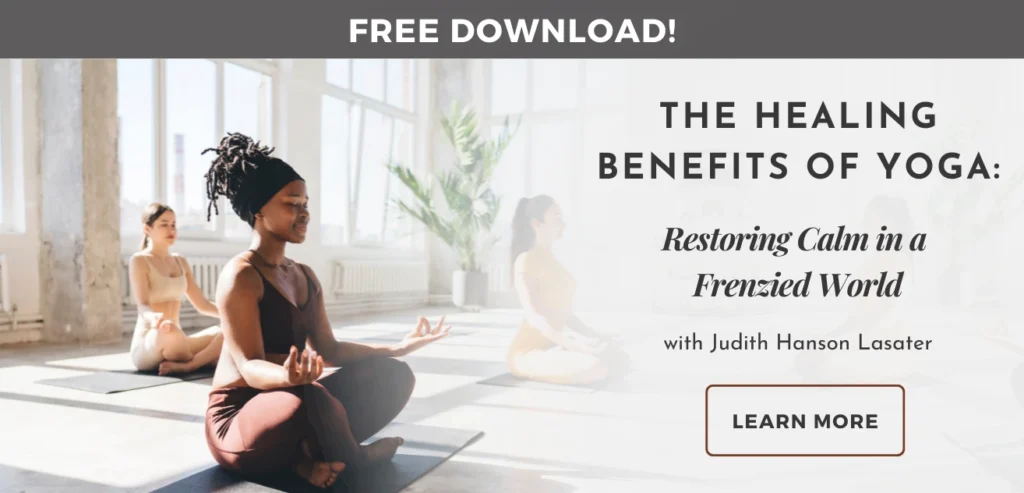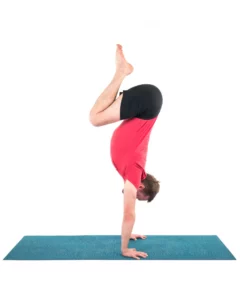Movement and Action
What’s the Difference?
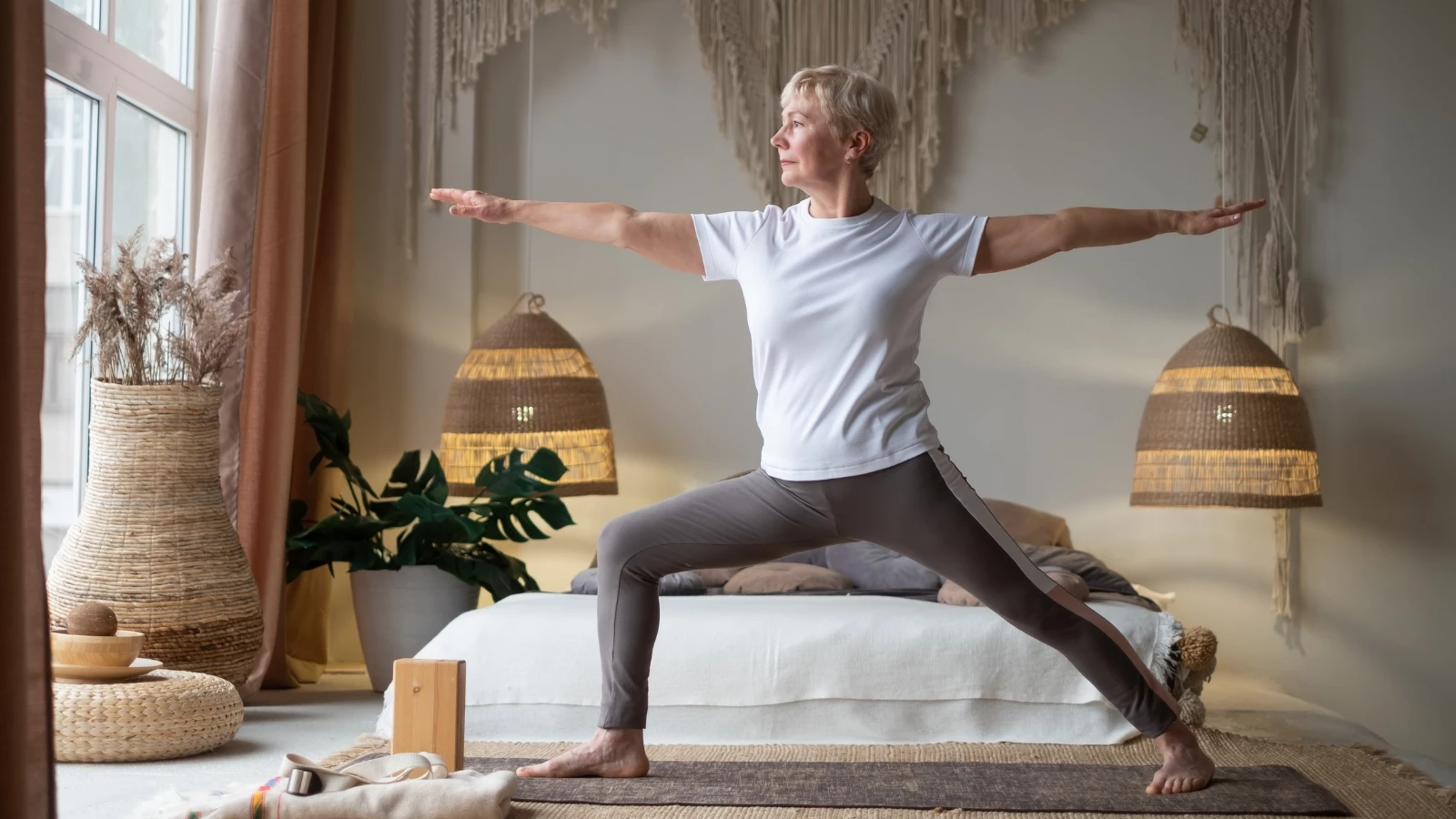
Article At A Glance
In everyday life, there’s not much call to distinguish between movement and action. Sure, a man of action sounds impressive, and a man of movement, not so much. But trust me, you can live a full and happy life without ever giving it another moment’s thought. In yoga, on the other hand, being clear on the difference between movement and action will change your practice completely.
Movement and Action in Warrior II Pose
A movement is a change of position. Here are some movements:
- Take a wide stride.
- Stretch your arms out to the sides.
- Turn your feet to the right.
- Bend your right knee to 90 degrees.
Follow these instructions and you will be in the outward shape of Warrior II Pose (Virabhadrasana II), with or without a shirt and a background of the Himalayas.
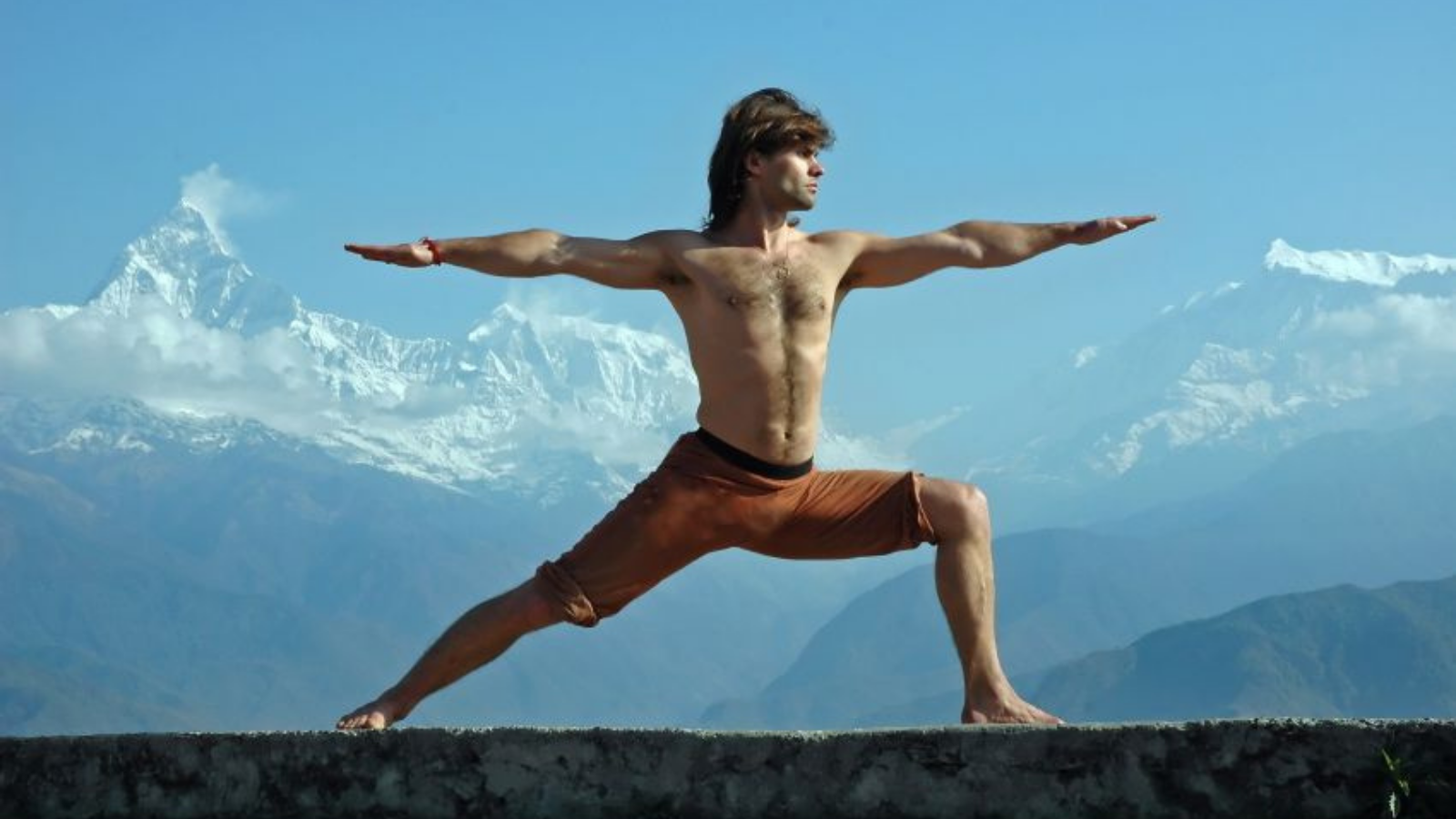
Here are some actions in Warrior II:
An action gets something done.
- Spread the soles of your feet. Press your outer left heel down and lift your inner left ankle.
- Press your left thigh bone from the front of your thigh to the back of your thigh.
- Push your right heel down into the floor.
- Without straightening your leg, pull back from your outer right knee toward your outer right hip.
- Lift evenly on both sides of your ribcage.
- Release your shoulder blades away from your ears.
- Spread the palms of your hands.
In essence, movements make the shape of the pose. Actions bring the pose to life.
And that’s not all they do.
What Actions Do in Yoga Practice
- Actions make yoga poses easier to understand. Work with movements and you’ll see hundreds of ways to arrange your body in space. Work with actions and you’ll see patterns. All straight legs are likely to behave in much the same way. Unless your arms are overhead, the shoulder blades move away from the ears. The chest and the lumbar spine stay broad. Even when you’re upside down, most of these actions apply.
- Actions bring your mind into your body. Some can be confounding at first glance. “Widen across your collarbones,” for example. Or “pull the skin of your shins up over your knees.” Creating actions takes concentration. It demands our attention, especially as actions build on actions in a pose, and each one needs to be stable and maintained as you add the next. The difference between a beginner and an advanced student is not the length of their hamstrings, or their ability to kick up into a Handstand Pose (Adho Mukha Vrksasana). It’s the actions they can understand, accomplish, and hold.
- Actions erase competition. Movements are external and can be compared. Is your knee as deeply bent as your neighbor’s on the next mat? Does your hand come all the way to the floor in Triangle Pose (Trikonasana), like the model in the picture? Actions turn off the competitive mind. It’s not just that they are internal and hard to see. Once you start to work with actions, you move inside yourself. You become an observer of your own pose, and you have no time to compare.
- Actions make you your own expert. Study actions and you will be able to practice confidently on your own. You will no longer wonder if you are doing the pose correctly. Once you know what straight legs do, you can do those actions in every pose that has straight legs. From the life those actions bring to your pose, you will know with certainty that your practice is accurate.
- Actions prevent injury. Lusting after big movements leads to muscle tears and wrenched backs. Fixing your mind on actions will keep you in a range of motion that’s safe for your body. When do you stop in a pose? When do you come out? The answer is always the same: when you can’t make the actions anymore.
- Actions lead, eventually, to embodied stillness. B.K.S. Iyengar famously calls asana practice “meditation in action.” For the ear that’s not attuned to the distinction, that sounds like meditation for people who can’t sit still. Once you cease to be a yogi of movement and become a yogi of action, you’ll know that it’s something else entirely.
Also, read...
In Celebration of Gray-Haired Yoga – Busting the Myth of the Yoga Body
Stand Firm: 6 Easy Balancing Moves for Your Daily Yoga Routine
Related courses
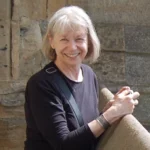
Eve Johnson taught Iyengar Yoga for 18 years before being introduced to Spinefulness in 2016. Convinced by the logic, clarity, and effectiveness of Spinefulness alignment, she took the teacher training course and was certified in July 2018. Eve teaches Spineful Yoga over Zoom and offers an online Spinefulness Foundations course. For course information, go to http://spinefulness.ca.



